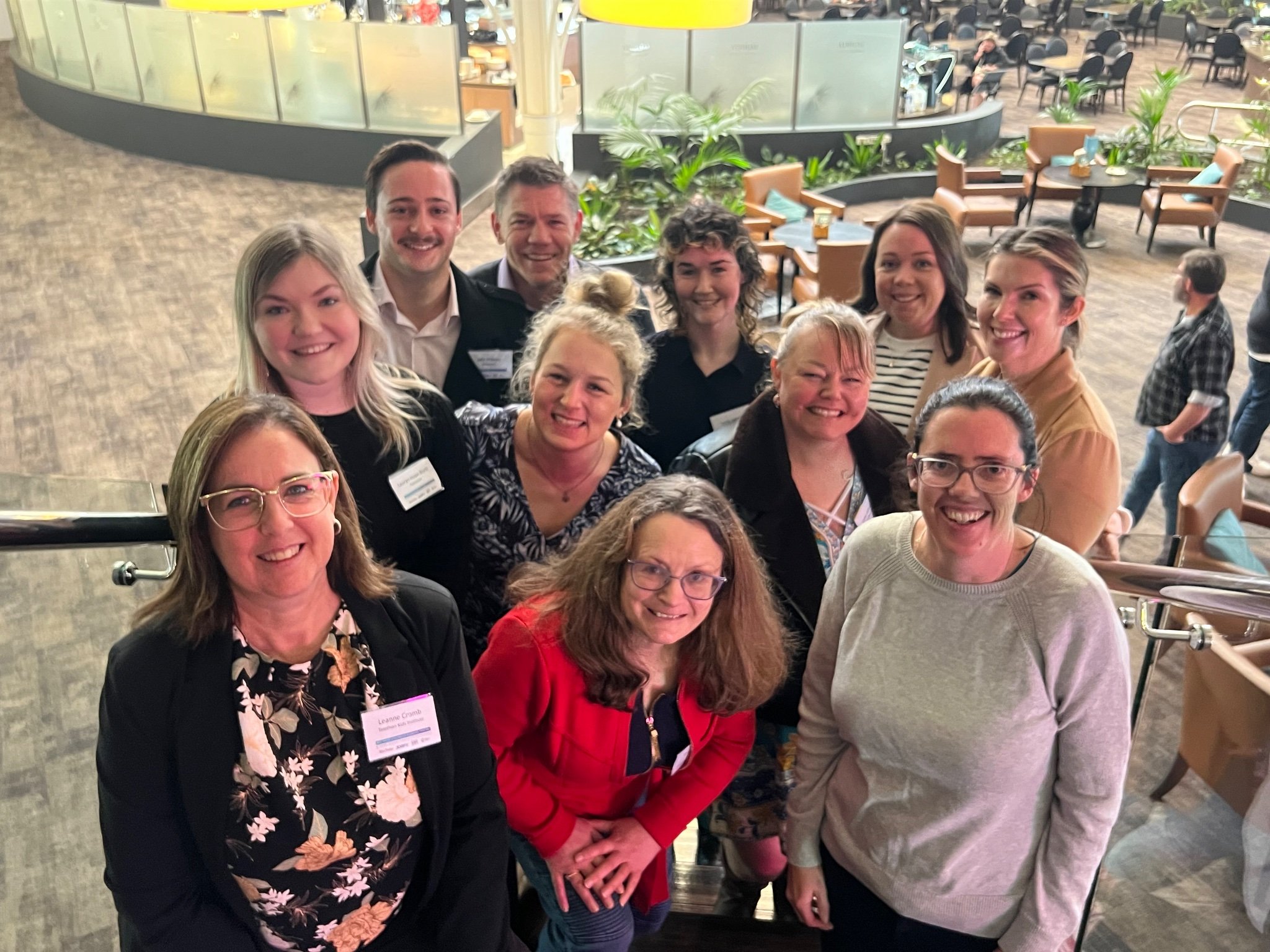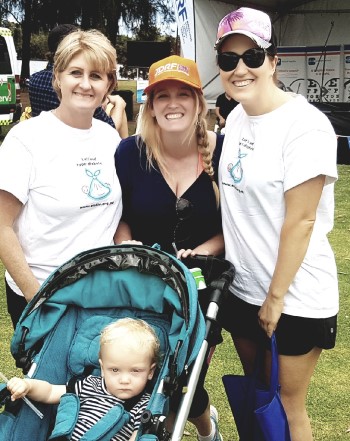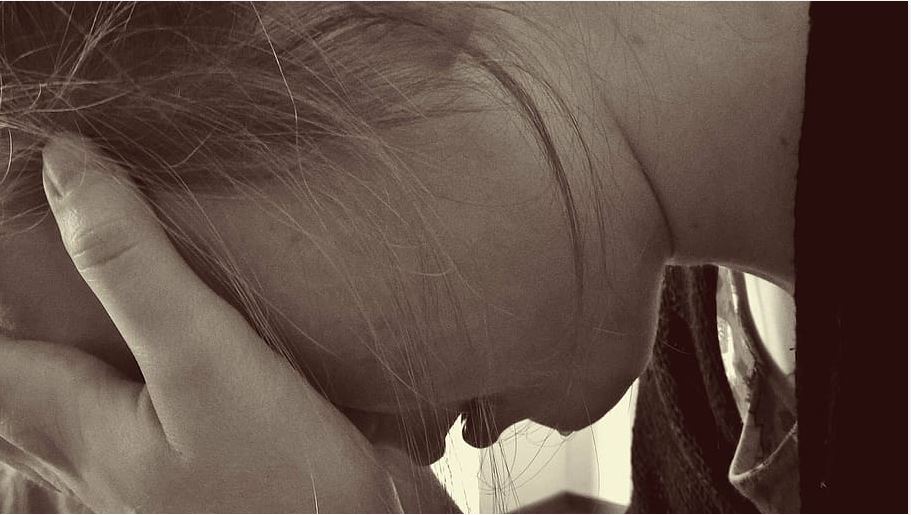Search
Showing results for "1"

Research
Realising the potential impact of artificial intelligence for rare diseases – A frameworkRare diseases (RD) are conditions affecting fewer than 1 in 2000 persons, with over 7000 largely genetic RDs affecting 3.5 %-5.9 % of the global population, or approximately 262.9–446.2 million people. The substantial healthcare burden and costs, such as the $1 trillion annual expense in the USA, highlight the urgent need for improved RD management. The International Rare Diseases Research Consortium (IRDiRC) addresses this need through global collaboration, aiming for timely and accurate diagnosis, development of 1000 new therapies, and methodologies to measure impact by 2027.
Research
Tumor site-directed A1R expression enhances CAR T cell function and improves efficacy against solid tumorsCitation: Sek K, Chen AXY, Cole T, Armitage JD, Tong J, ……… Waithman J, Parish IA, et al. Tumor site-directed A1R expression enhances CAR T cell

News & Events
Get involved in ENDIAENDIA (Environmental Determinants of Islet Autoimmunity) is a national observational study into the causes of Type 1 Diabetes in childhood.

News & Events
Diabetes link to deadly diseasesNew research led by The Kids' PhD student Matthew Cooper has found that some children with T1D have an increased risk of developing vascular diseases.

News & Events
Diabetes distress and teensDuring National Diabetes Week, we take a look at diabetes distress and what research the Children's Diabetes Centre is doing to improve the mental health and wellbeing of young people with diabetes and their families.
Research
The Benefits to Bone Health in Children and Pre-School Children with Additional Exercise Interventions: A Systematic Review and Meta-AnalysisDetermine if exercise interventions, beyond what is already provided to children and preschool children, improve bone health and reduce fracture incidence.

News & Events
New clinics for younger childrenIn order to meet the rising needs of all children with type 1 diabetes and their families in WA, PCH's Diabetes Service will offer additional clinics in 2021.
Research
Longitudinal Profiling of the Human Milk Microbiome from Birth to 12 Months Reveals Overall Stability and Selective Taxa-Level VariationHuman milk bacteria contribute to gut microbiome establishment in breastfed infants. Although breastfeeding is recommended throughout infancy, temporal variation in the milk microbiome-particularly beyond solid food introduction-remains understudied. We analyzed 539 milk samples from 83 mother-infant dyads between 1 week and 12 months postpartum using full-length 16S rRNA gene sequencing.
Research
Correlates of immunity to Group A Streptococcus: a pathway to vaccine developmentUnderstanding immunity in humans to Group A Streptococcus (Strep A) is critical for the development of successful vaccines to prevent the morbidity and mortality attributed to Strep A infections. Despite decades of effort, no licensed vaccine against Strep A exists and immune correlates of protection are lacking; a major impediment to vaccine development.
